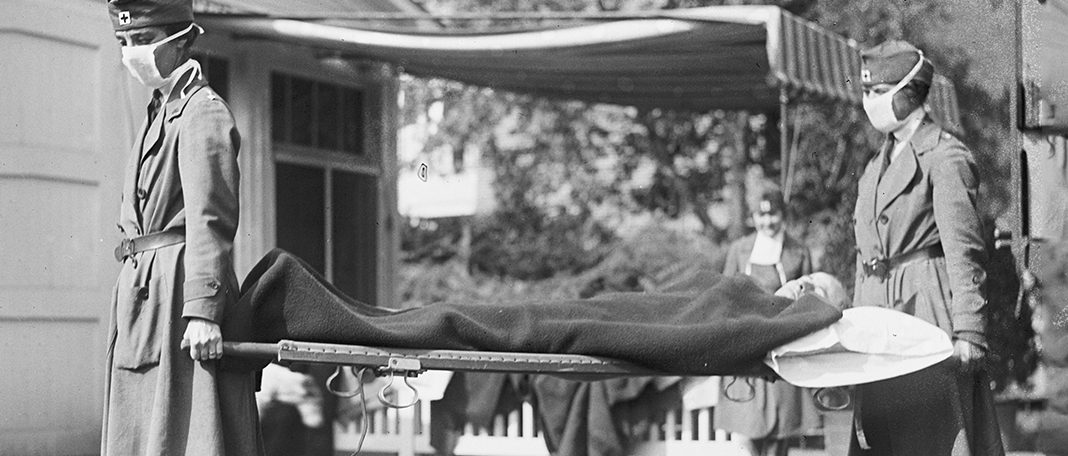If you think the word ‘pandemic’ became more popular recently, then you’re wrong! From small boxes to the plague, many infectious diseases caused pandemics and reshaped history. The 1918 flu pandemic, also known as Spanish flu or influenza pandemic, is one of the deadliest pandemics in history. It infected more than 500 million people worldwide in which at least 50 million people died. Though flu and COVID-19 are caused by different viruses, they both cause contagious respiratory illnesses. Are there any differences and similarities between Spanish flu vs COVID 19? Read on to find out, also get to know more about the influenza flu and how the 1918 pandemic ended.
How Did the Spanish Flu End?
The first Spanish flu case was identified in military personnel in March 1918. By April the flu had spread to France, Germany, and the United Kingdom. Nearly two years later, after four successive waves, nearly a third of the world’s population had been infected with Spanish flu. When people believed the spread had been stopped by Spring 1919, it spiked again in 1920. After a few years, the influenza strain became less life-threatening. By mid-1920, the strain of the flu faded without official declaration. Researchers say the 1918 influenza strain did not disappear, but it mutated, and even now a version of it continues to circulate. This is how the pandemic ended in 1918.
1918 Pandemic vs 2019 Pandemic
The 1918 Spanish flu pandemic is somewhat similar to the COVID-19. Here are the major differences between Spanish flu and COVID-19.
| Spanish Flu | COVID-19 | |
| Virus | H1N1 | SARS-CoV-2 |
| Source | Avian | Bat |
| Began in | Early march 1918 | December end |
| Affected groups | Kids above 5, people between 20-40 and ≥ 65 years | Mostly all age groups |
| Number of people infected | 500 million | 27.5cr (as of December 2021) |
| Number of people died | At least 50 million | 53.6L (as of December 2021) |
| How was it handled? | Isolation, quarantine, schools, churches, theaters were closed and public gatherings banned. | Isolation, quarantine, personal hygiene, schools, churches, theaters were closed and public gatherings banned, use of sanitizers and disinfectants, work from home, travel restrictions, suspending public gatherings and social events. |
| Vaccine | None | At Least 8 different vaccines from different companies are used to prevent COVID-19. |
When Will the Coronavirus Pandemic End?
The Omicron variant is now spreading rapidly, when people believe that the pandemic is going to end. It has been two years since the pandemic entered our lives. Experts say the pandemic could end by 2022, but that doesn’t mean COVID-19 will disappear completely! Recently the WHO chief Tedros Adhanom said, ‘World must pull together to end the pandemic in 2002. However, the end of the pandemic is in the hands of the people and they can end if they follow the COVID-19 protocols.


















